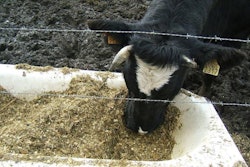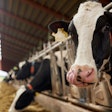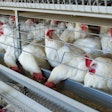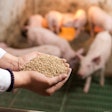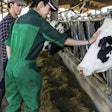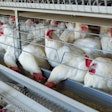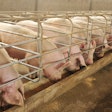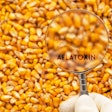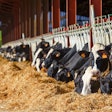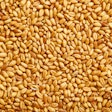I just reviewed another feed formula, and it contained at least five different acids. I say at least because one product was a blend of acids, whereas three others were straight organic acids. Basically, the whole range of available organic acids! Cost was not an issue, whereas inclusion rate was substantial, but not to the point it would cause any damage.
This exercise brought to my mind an old question among nutritionists whether a blend of acids is better than a single one. In my mind, and based on pure chemistry, one acid is not enough. This is because each acid, due to its chemical properties, functions best at a different pH environment. And, as we have two pH environments (stomach and intestines) to cope with, I have always advocated the use of two distinct organic acids — one for each location.
But, I cannot keep thinking that having a bit of everything might be better. Or, is it worse? Right now, I believe having too many organic acids is as inefficient as having only one. But clearly, research is nothing but forthcoming on this topic. So, I would like to ask all of you who read my experiences (thank you!) to share yours regarding the use of organic acids in piglet and broiler feeds without antibiotics.


